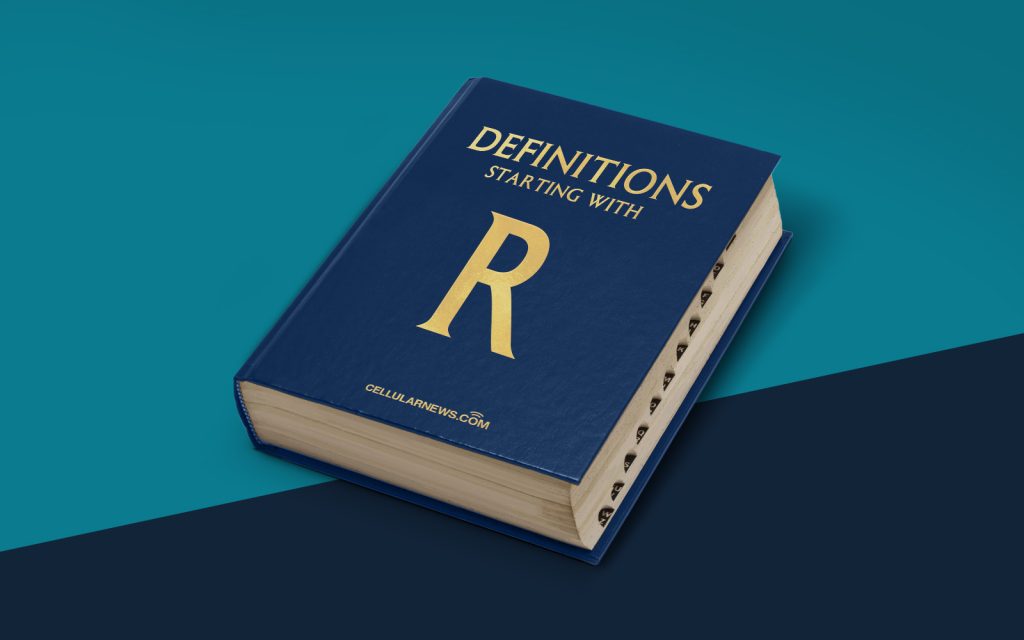
Reduce, Reuse, Recycle (R3): Understanding the Three R’s of Environmental Sustainability
When it comes to taking care of our planet and conserving its resources, the concept of “Reduce, Reuse, Recycle” (R3) plays a vital role. It is an approach that encourages individuals, communities, and industries to adopt sustainable practices to minimize waste and conserve natural resources. In this article, we will delve into the meaning and importance of Reduce, Reuse, Recycle and how it contributes to environmental sustainability.
Key Takeaways
- Reduce, Reuse, Recycle (R3) is an approach that promotes sustainability by minimizing waste and conserving natural resources.
- The three R’s involve reducing the amount of waste generated, reusing items to extend their lifespan, and recycling materials to create new products.
1. Reduce: Minimizing Waste
The first step in the R3 approach is to reduce the amount of waste generated. This involves making conscious choices to consume less and be more mindful of our consumption habits. Here are some ways individuals and organizations can reduce waste:
- Choose products with minimal packaging or packaging made from sustainable materials.
- Opt for digital alternatives whenever possible to minimize paper waste.
- Compost organic waste to divert it from landfills and create nutrient-rich soil.
- Use energy-efficient appliances and practices to reduce energy consumption.
- Practice mindful shopping by buying only what is needed and avoiding impulse purchases.
2. Reuse: Extending Lifespan
Reuse is the second principle of R3 and involves finding new ways to use items to extend their lifespan. By reusing items, we can reduce the demand for new products and minimize the amount of waste that ends up in landfills. Here are some examples of how we can incorporate reuse into our daily lives:
- Donate or sell unwanted items to others who can use them.
- Repair or refurbish items rather than discarding them.
- Use reusable bags, bottles, and containers instead of single-use alternatives.
- Create DIY crafts or repurpose items for new purposes.
- Borrow or share items with neighbors or friends to reduce individual consumption.
3. Recycle: Creating a Circular Economy
The final principle of R3 is recycle. Recycling involves the collection and processing of waste materials to create new products. By recycling, we can reduce the need for raw materials and conserve energy. Here’s how recycling fits into the R3 approach:
- Separate recyclable materials such as paper, plastic, glass, and metal from regular waste.
- Ensure proper disposal of recyclables in designated recycling bins or centers.
- Purchase products made from recycled materials to support the demand for recycled goods.
- Advocate for recycling programs in your community and encourage others to participate.
By integrating the principles of Reduce, Reuse, Recycle into our daily lives, we can contribute to a more sustainable future. Every small step we take towards reducing waste and conserving resources has a positive impact on the environment. Let us all work together to protect our planet for future generations.
